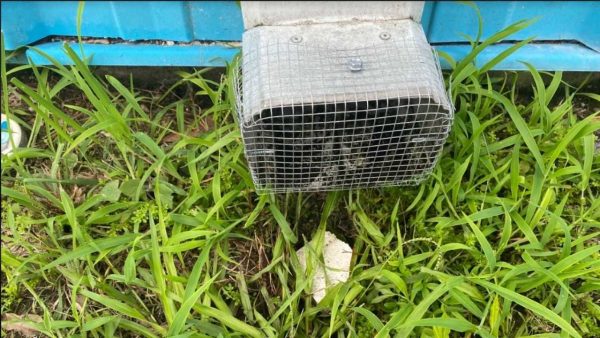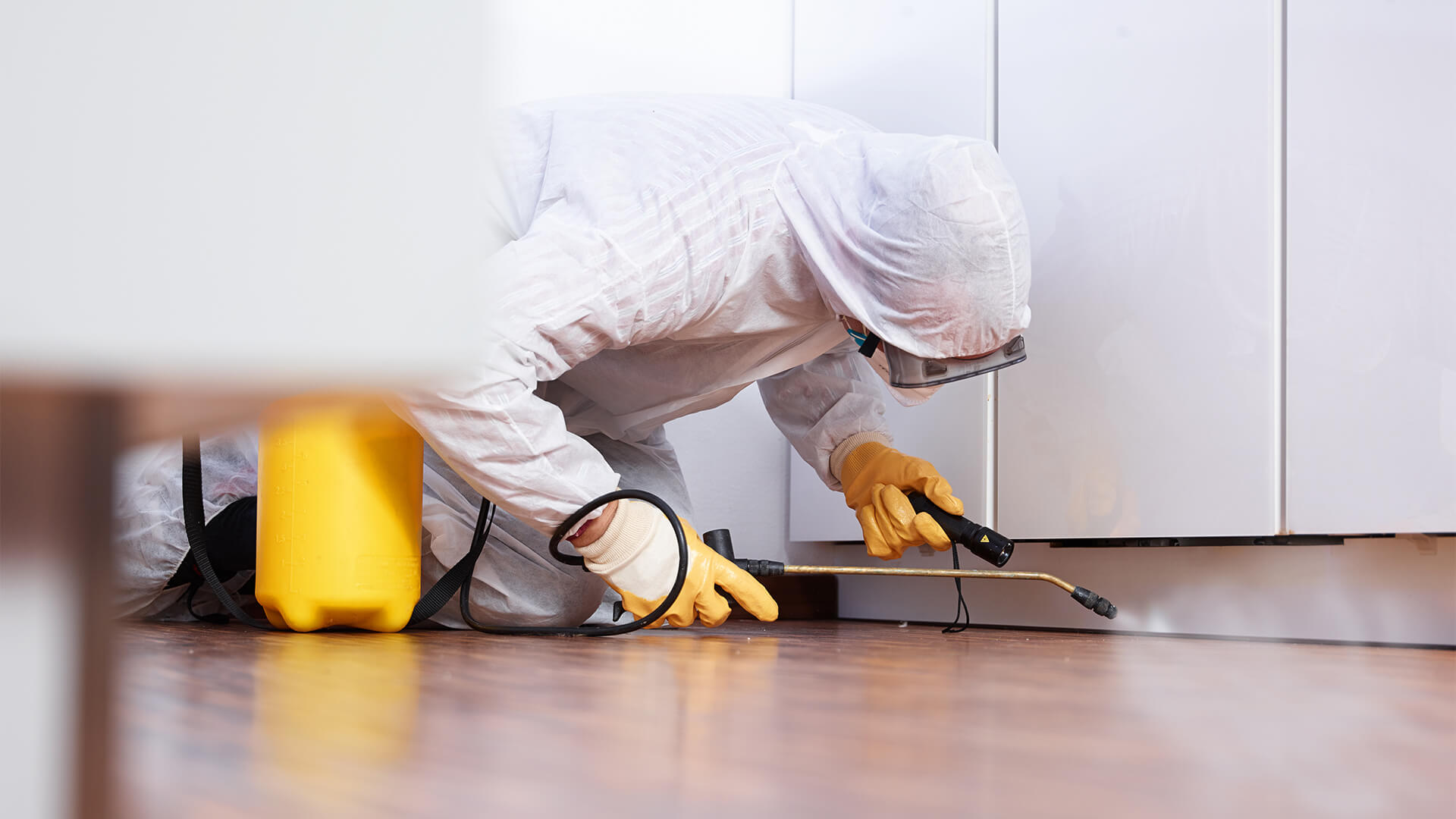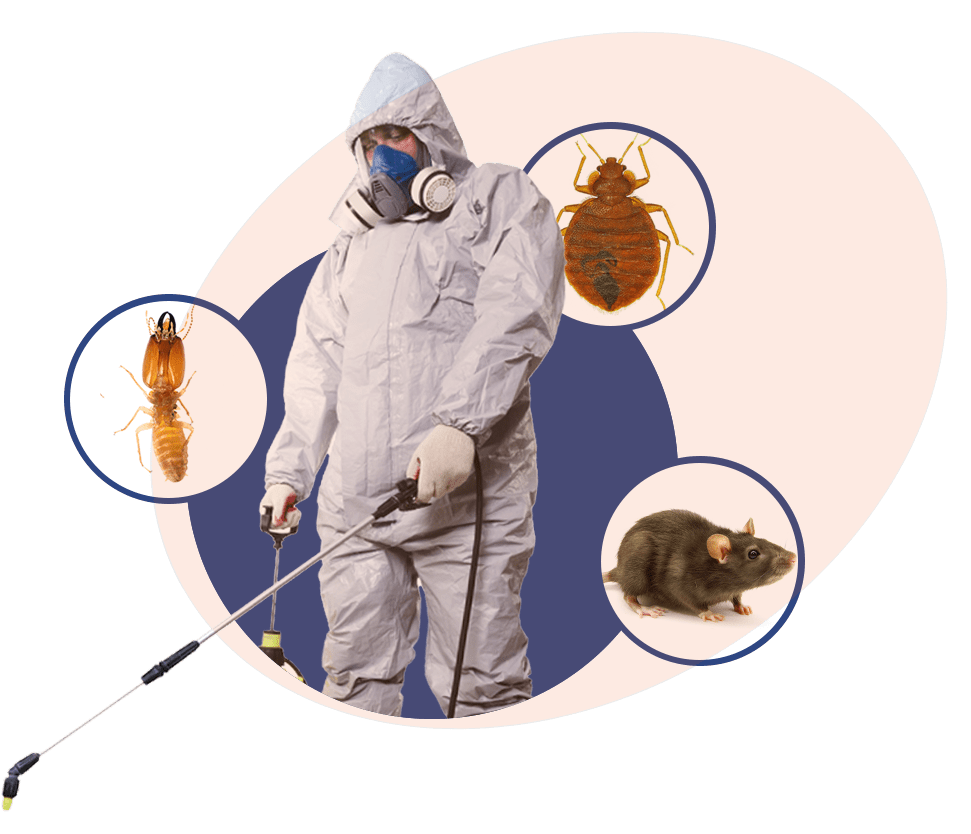Effective Cockroach Exterminator Port Charlotte to Prevent Infestations in Your House
Learn Regarding the most up to date Breakthroughs in Pest Control and How to Execute Efficient Therapy Solutions
In recent years, the area of insect control has actually experienced considerable advancements, driven by the demand for reliable and sustainable therapy options. Ingenious approaches such as Integrated Parasite Monitoring (IPM) integrate green methods with cutting-edge modern technology, boosting both effectiveness and environmental responsibility.
Eco-Friendly Insect Control Options
Over the last few years, the need for eco-friendly bug control options has actually risen as home owners and companies alike look for sustainable choices to typical chemical treatments. This shift is driven by growing environmental recognition and a desire to minimize the health and wellness dangers connected with artificial chemicals.

Environment-friendly bug control approaches include a range of approaches that focus on using all-natural substances and techniques. Integrated Insect Management (IPM) is one such strategy, combining biological, social, and mechanical strategies to manage bug populations while reducing dependence on chemicals (Wildlife removal services). This holistic approach highlights prevention with habitat adjustment and the introduction of all-natural killers, thus fostering a well balanced community
Another prominent alternative is making use of botanical chemicals originated from plants, which tend to be less dangerous to non-target microorganisms. Products like neem oil and diatomaceous planet have actually acquired grip for their efficiency in regulating bugs while posing very little threats to human health and wellness and the setting.
Additionally, exemption strategies, such as sealing entrance factors and maintaining tidiness, play an important duty in green insect monitoring. By taking on these lasting techniques, individuals and services can efficiently take care of pests while promoting a healthier world for future generations.
Smart Technology in Bug Administration
Technology is improving the landscape of parasite management, with wise innovation becoming a pivotal force in boosting efficiency and effectiveness - Wildlife removal services. The combination of Internet of Things (IoT) tools, expert system (AI), and data analytics is changing exactly how insect control professionals approach infestations
Smart catches geared up with sensing units can detect pest activity in real-time, sending out immediate notifies to operators. This enables prompt responses, decreasing damages and lowering the need for substantial therapies. Additionally, AI algorithms analyze historical data to forecast insect habits, enabling positive treatments based on ecological conditions and problem patterns.
Drones and computerized cars are additionally playing a significant duty in insect monitoring, giving aerial assessments of large locations, recognizing hotspots, and even dispersing targeted therapies. These modern technologies not only streamline procedures yet likewise boost security by limiting human direct exposure to potentially damaging chemicals.
Additionally, mobile applications encourage customers to monitor bug task and gain access to specialist advice, fostering a joint method to pest monitoring. Overall, the adoption of smart modern technology is establishing a brand-new standard in bug control, highlighting data-driven choices and sustainable techniques that inevitably profit both specialists and home owners alike.
Integrated Pest Management Techniques
Integrated Pest Monitoring (IPM) uses an alternative approach to pest control, incorporating various strategies to successfully handle insect populaces while reducing threats to human health and wellness and the setting. IPM focuses on understanding the pest life cycle, their natural enemies, and the ecological community in which they grow.
Among the fundamental elements of IPM is keeping an eye on pest populations via normal evaluations and information collection. This permits the recognition of parasite thresholds, figuring out when intervention is necessary. Social techniques, such as crop rotation, hygiene, and habitat control, are vital in lowering pest prevalence and promoting plant health.
Mechanical controls, consisting of catches and barriers, are also vital in IPM. These approaches can physically remove or hinder bugs without using chemicals. When essential, the judicious application of chemical controls is utilized, concentrating on targeted therapies that minimize ecological impact.
Education and collaboration among stakeholders, consisting of farmers, parasite control professionals, and the community, are crucial for the successful execution of IPM techniques. By prioritizing sustainable practices, IPM not only addresses pest issues yet also fosters a healthier environment.
Biological Control Techniques
Numerous organic control methods are increasingly acknowledged for their effectiveness in handling parasite populaces while advertising environmental balance. These methods harness all-natural killers, bloodsuckers, and microorganisms to decrease pest numbers without depending on synthetic chemicals. The introduction of ladybugs can efficiently regulate aphid populaces, while nematodes target soil-dwelling pest larvae.
Furthermore, using microbial pesticides, such as Bacillus thuringiensis (Bt), supplies an eco pleasant option for taking care of caterpillar pests. These products especially target pest types, reducing damage to helpful bugs and pollinators. Preservation organic control highlights boosting environments for all-natural enemies, visit their website such as birds and helpful pests, thereby urging their visibility in farming systems.
Research study remains to expose ingenious approaches within this area, such as making use of pheromones to interrupt pest mating patterns or the advancement of biocontrol representatives through genetic modification. Implementing these approaches can lead to sustainable insect administration practices that minimize the reliance on chemical interventions, inevitably promoting much healthier environments. As understanding of these techniques expands, they are ending up being essential parts of incorporated parasite administration (IPM) approaches, providing an equilibrium in between effective pest control and ecological stewardship.
DIY Parasite Control Solutions
As property owners look for effective ways to take on insect issues, DIY pest control solutions have obtained popularity for their accessibility and cost-effectiveness. These techniques encourage individuals to deal with invasions using conveniently offered products and methods, usually without the need for specialist treatment.

In addition, preserving appropriate hygiene and routine evaluations can protect against parasite access and nesting (Wildlife removal services). Straightforward techniques, such as sealing splits, eliminating food sources, and decluttering, can considerably lessen bug populations. Traps, both homemade and commercially offered, can likewise offer effective solutions for monitoring and regulating certain pests like insects or rodents

Verdict
The assimilation of why not try this out eco-friendly pest control alternatives, smart technology, and cutting-edge management techniques provides an extensive technique to efficient pest management. By accepting Integrated Bug Monitoring (IPM) and making use of organic control approaches, together with do it yourself options, lasting and accountable pest control can be achieved. These improvements not just improve the efficiency of parasite monitoring practices yet also add to a healthier environment. Implementing these techniques promotes a balanced ecosystem published here while properly dealing with pest populaces.
Eco-friendly bug control techniques include a variety of strategies that focus on the use of all-natural compounds and techniques. Integrated Pest Management (IPM) is one such strategy, incorporating organic, cultural, and mechanical techniques to manage pest populaces while minimizing reliance on chemicals. As awareness of these strategies grows, they are coming to be important parts of incorporated parasite administration (IPM) approaches, supplying an equilibrium in between efficient insect control and ecological stewardship.
The integration of eco-friendly insect control choices, smart modern technology, and innovative management methods provides a comprehensive approach to effective insect administration. By welcoming Integrated Bug Administration (IPM) and utilizing biological control approaches, together with Do it yourself services, sustainable and accountable pest control can be achieved.